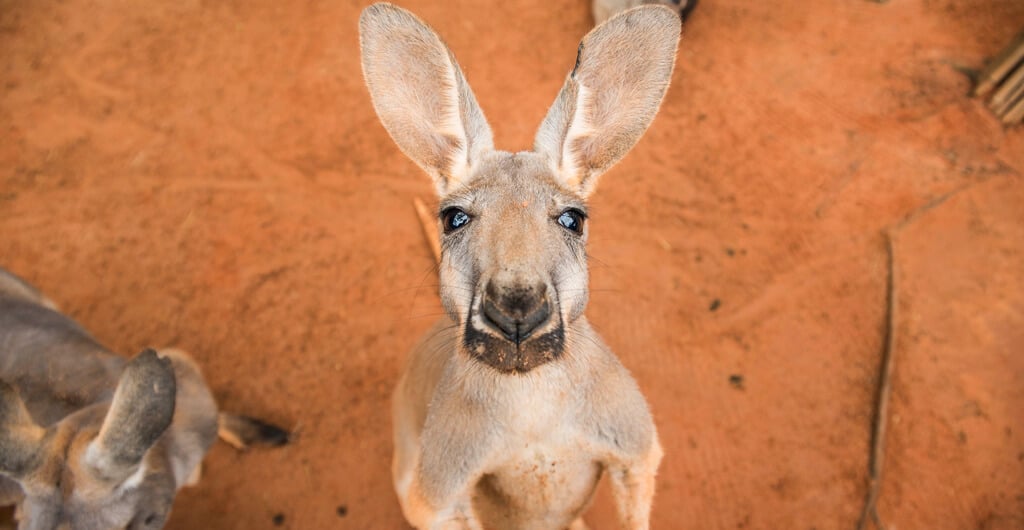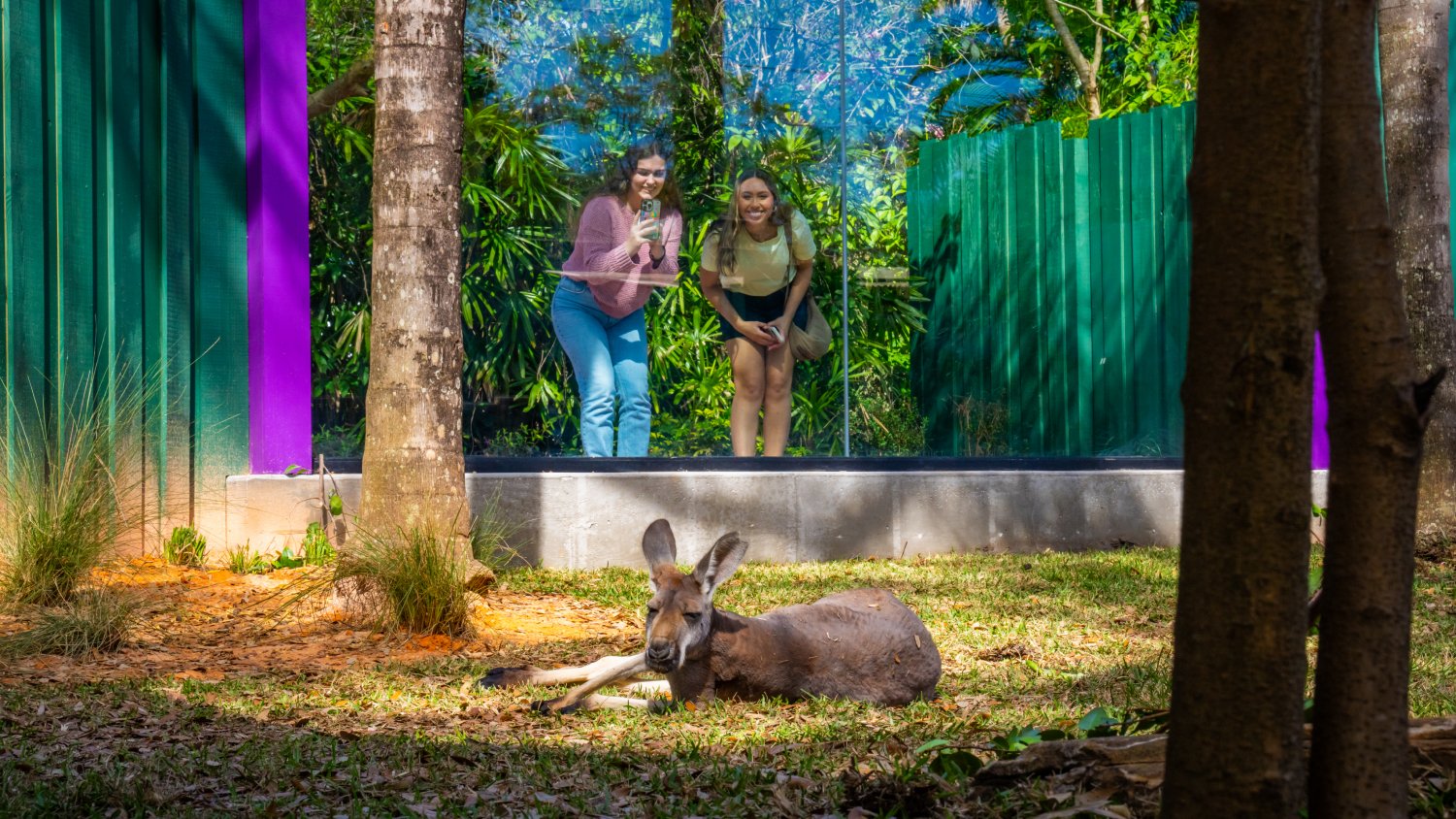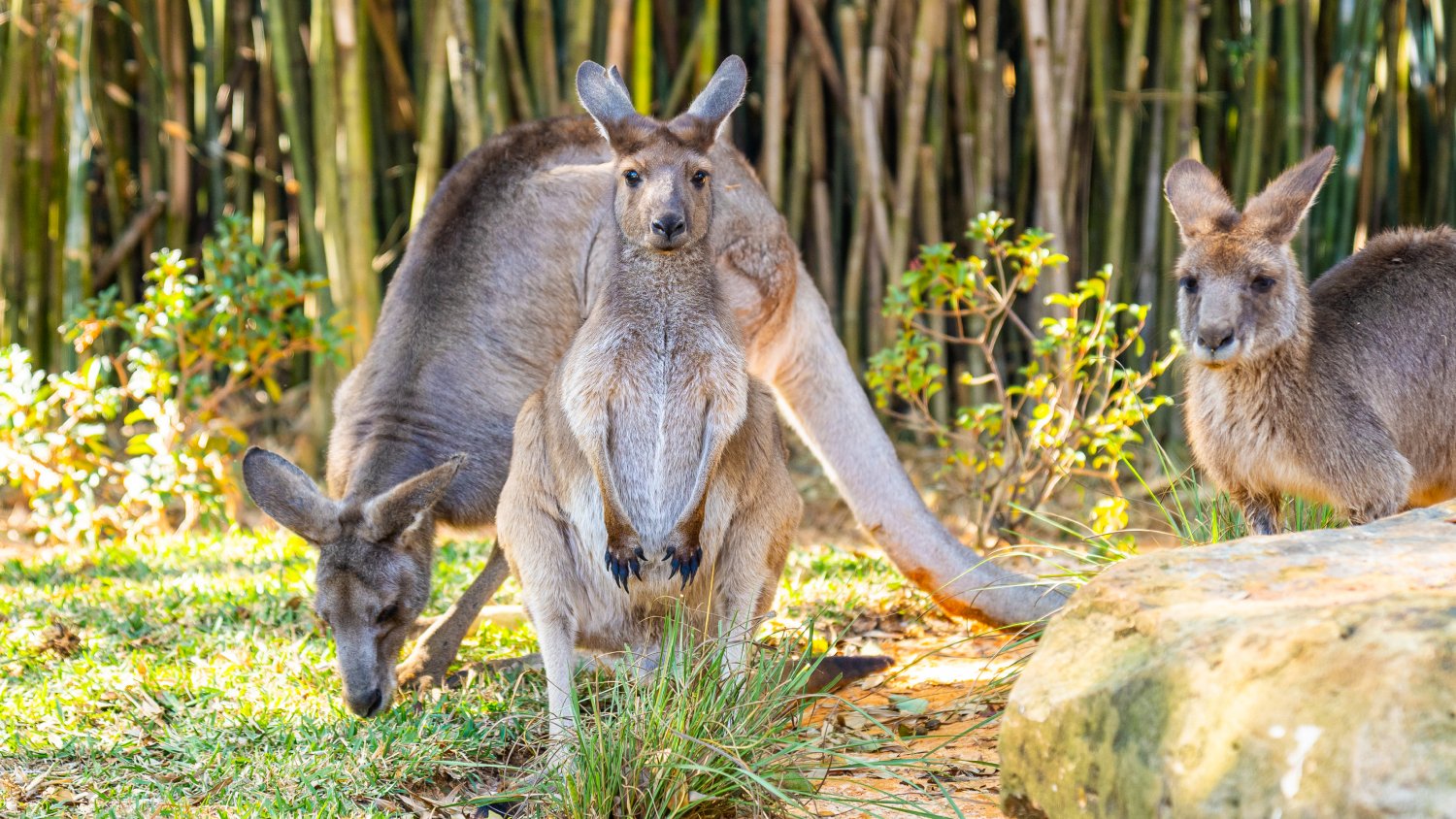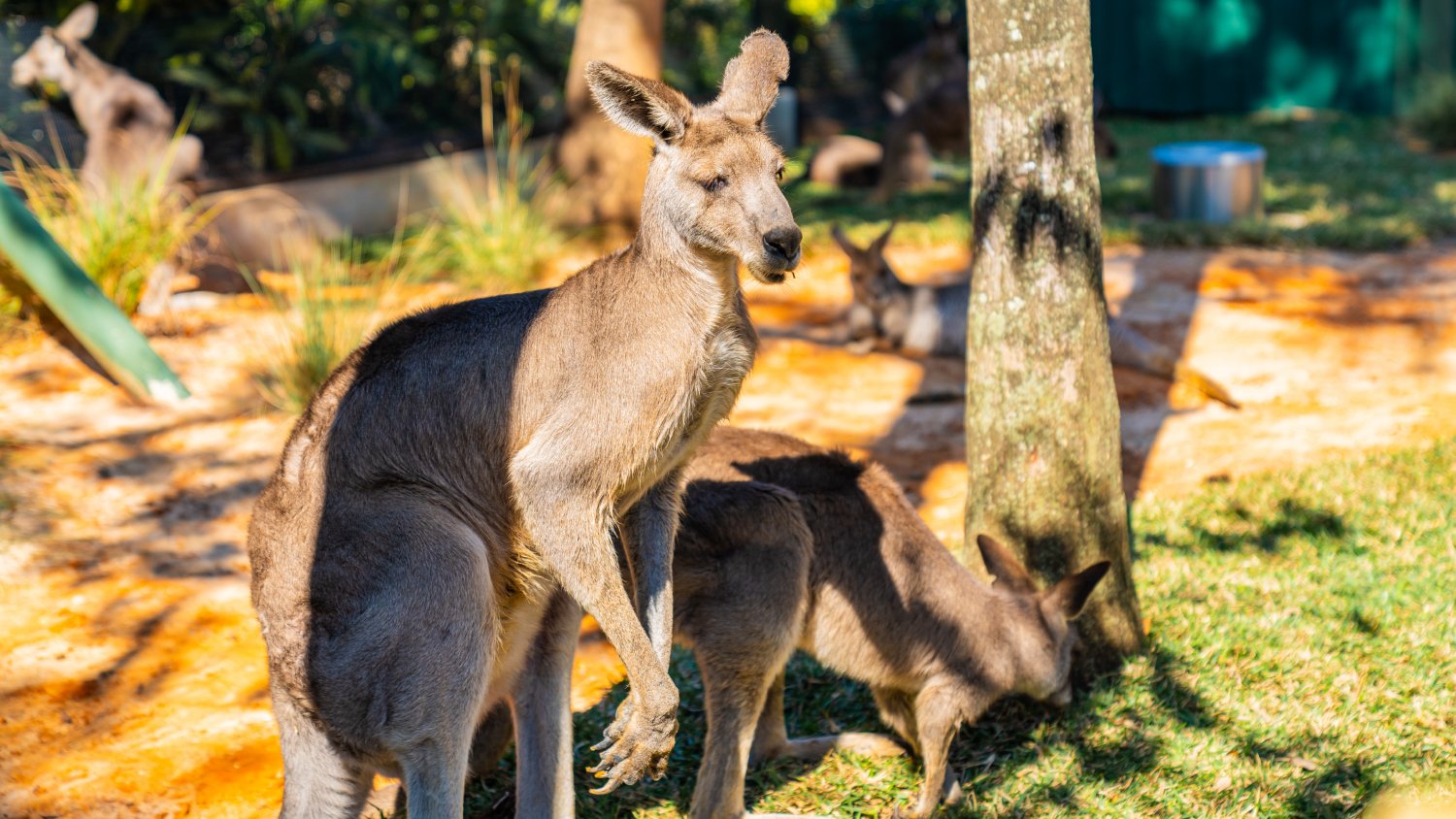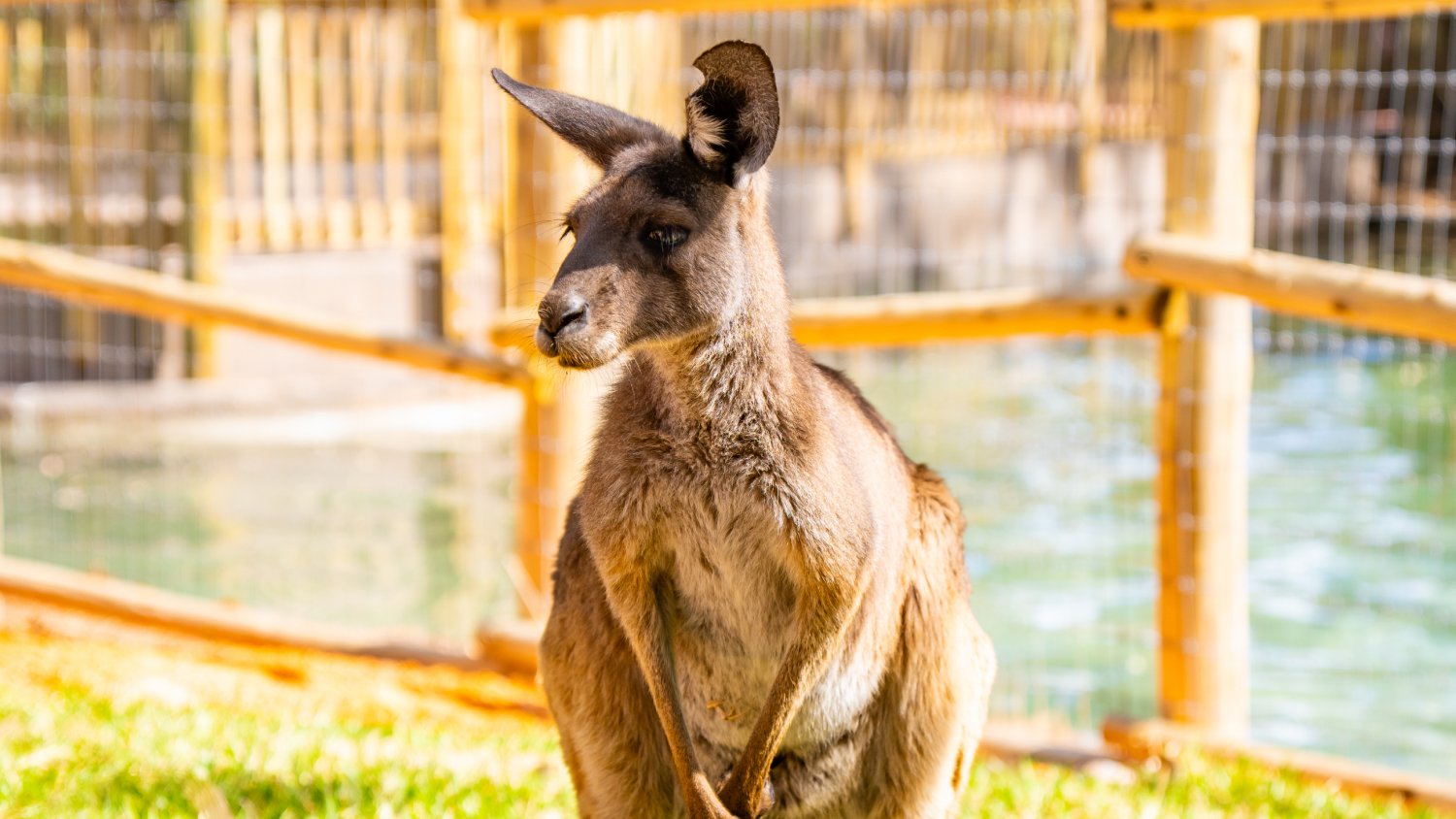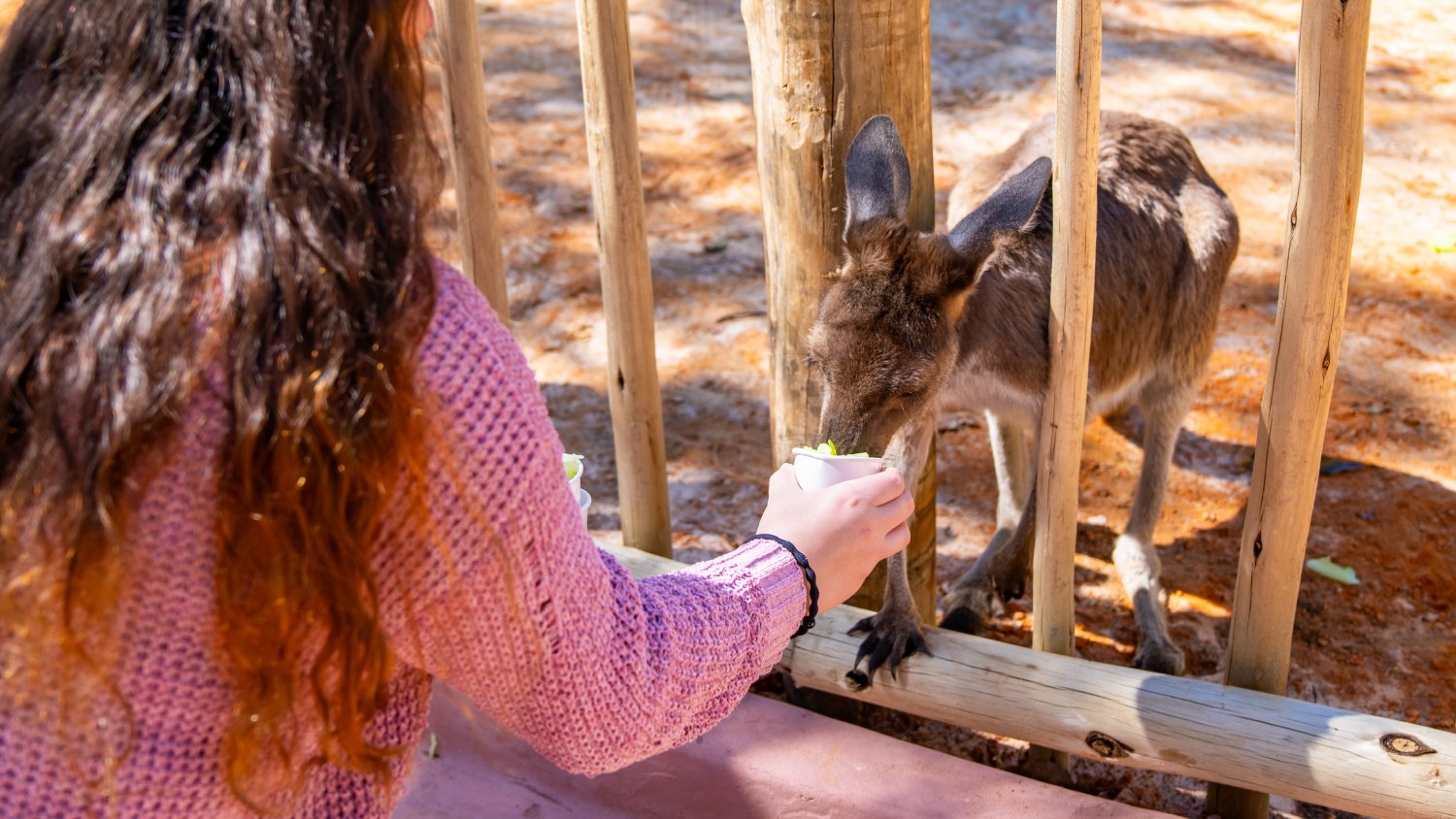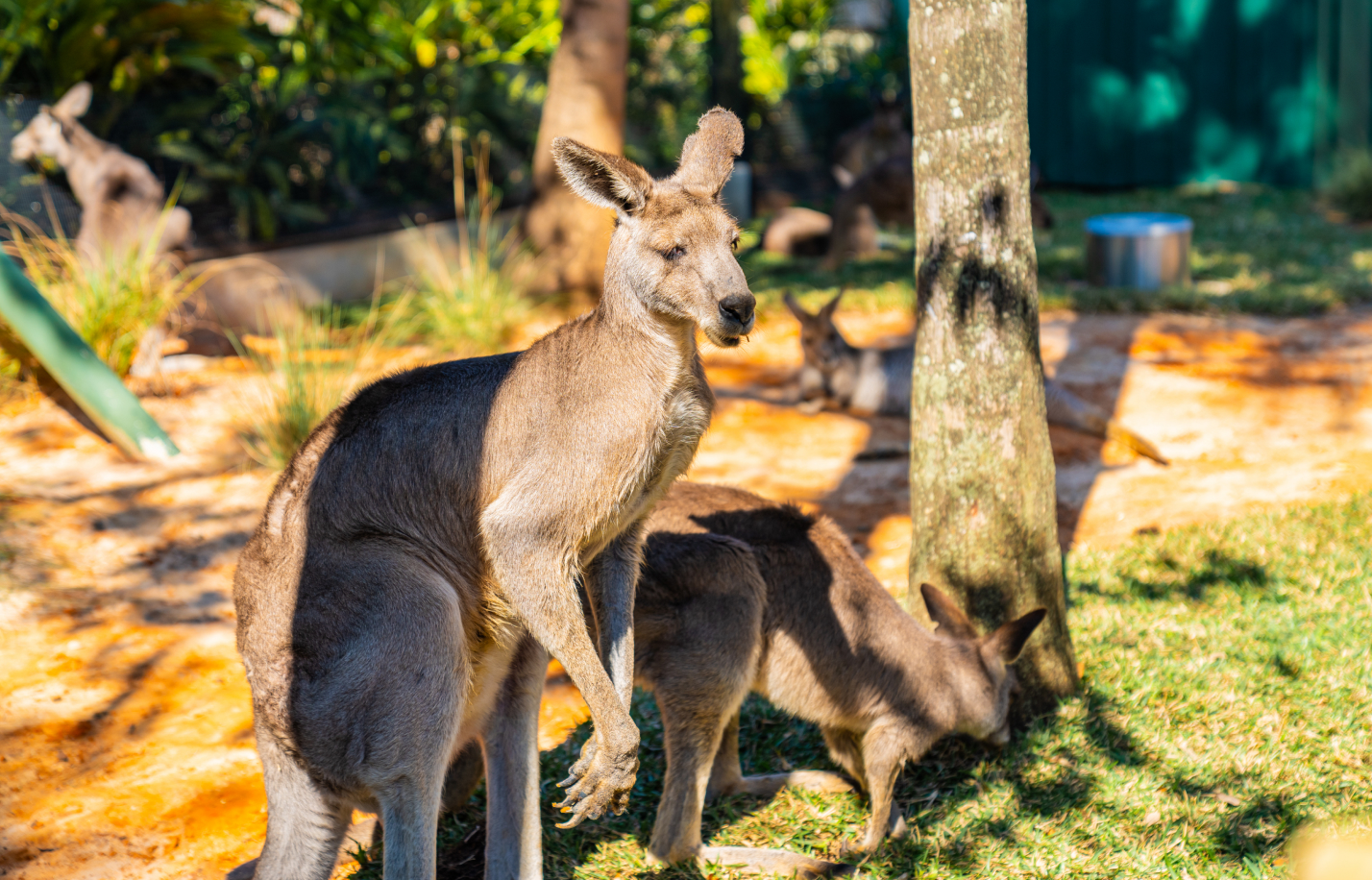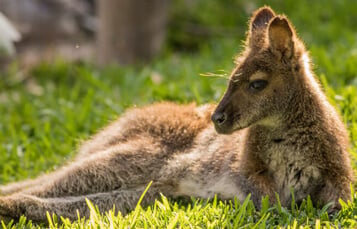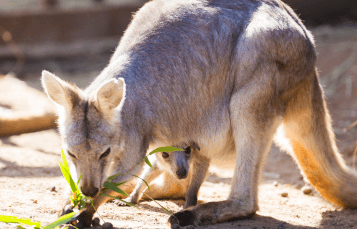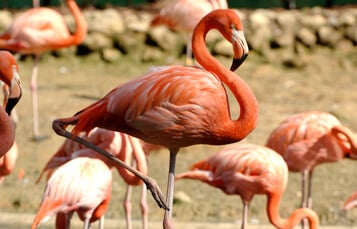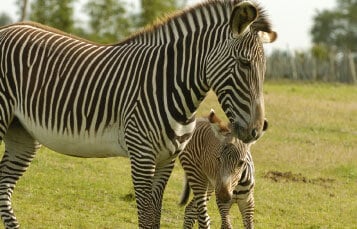Kangaloom is home to a fascinating family of animal ambassadors including kangaroos, wallabies and a wallaroo. This newly renovated habitat has undergone a complete transformation, and is now offering guests an even closer look at these amazing animals. Guests will be able to purchase special “treats” for the kangaroos and feed them along the trails. Also, a newly installed observation window will allow guests to enjoy an unobstructed view without entering the habitat.
Due to the interactive nature of this habitat, guests must be at least 5 years old to enter.




